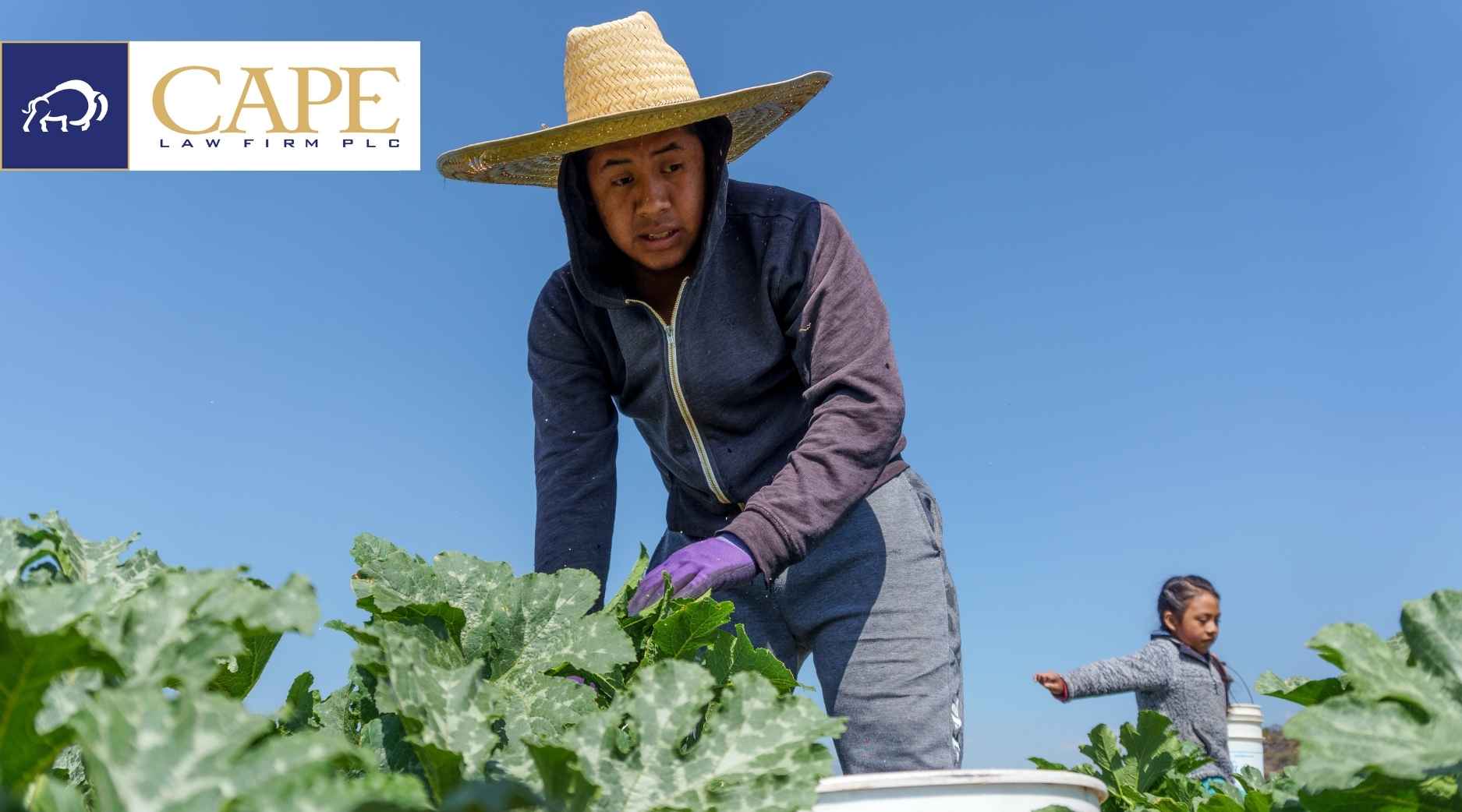Herbicide resistance continuing to rise
A recent story in DTN highlighted the growing problem of herbicide resistance. Weed scientists are reporting a steady rise in weed resistance to dicamba, 2,4-D, and glufosinate – all herbicides that are heavily used in conjunction with herbicide-tolerant crops. Resistance has become an important concern throughout agriculture as increasing reliance on a relatively small number of active ingredients is causing those herbicides to be less effective. Weed scientists are urging growers to carefully monitor fields for weed escapes and act quickly to clean up weeds that remain to keep them from going to seed.
Born in the U.S.A.
The USDA recently announced that it will review its “Product of the U.S.A.” labeling rules for meat in response to growing concerns about how the USA label is used in the marketplace. Currently, the label may be used on meat that is processed within the country, even though it was born in other countries. This announcement follows a similar initiative at the Federal Trade Commission which announced that it would implement a new rule strengthening its enforcement of the “Made in the U.S.A.” label. Both agencies seek to improve the validity and meaning of the USA-made label among consumers and to help smaller businesses that use the label to distinguish themselves in the market.
Cape Law Firm’s Frequently (or Randomly) Asked Questions
What is an “Intent to Use” trademark application?
An “Intent to Use” trademark application is for marks that have not yet been used in commerce, i.e., no goods or services have been offered in the marketplace using the mark (brand). Trademark rights arise when a mark is actually used in commerce and registration on the Primary Register requires actual use in interstate commerce. The benefit of the Intent to Use application is that its filing date will become the priority date – the date of first use – if the applicant goes on and puts the mark to actual use and completes the steps to register the mark. For Intent to Use applications, the applicant will have to show actual use in commerce within certain deadlines – generally six months from a Notice of Allowance from the Trademark Office.




